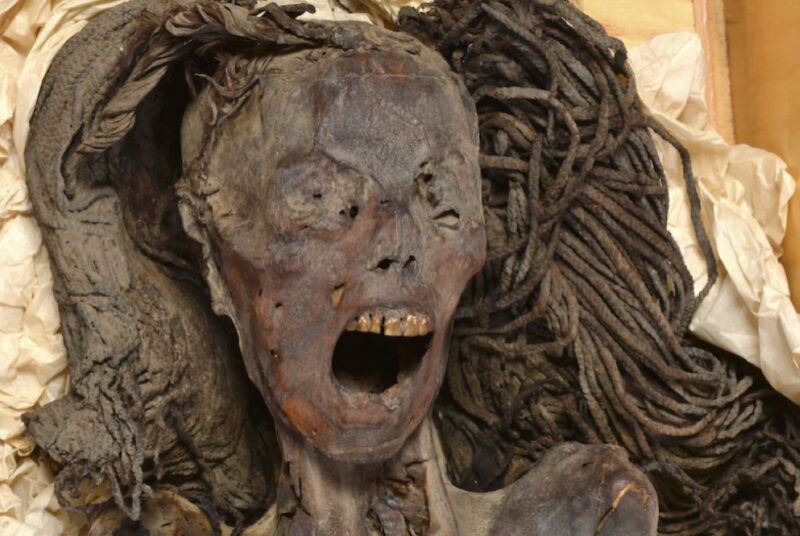Study suggests Egyptians used hydraulic lifts to build Pyramid of Djoser

Enlarge / A camel chills next to the Step Pyramid of Djoser in the Saqqara necropolis in Egypt, built around 2680 BCE. (credit: Charles J. Sharp/CC BY-SA 3.0)
It's long been a hotly debated open question regarding how the great pyramids of Egypt were built, given the sheer size and weight of the limestone blocks used for the construction. Numerous speculative (and controversial) hypotheses have been proposed, including the use of ramps, levers, cranes, winches, hoists, pivots, or any combination thereof. Now we can add the possible use of a hydraulic lift to those speculative scenarios. According to a new paper published in the journal PLoS ONE, ancient Egyptians during the Third Dynasty may have at least partly relied on hydraulics to build the Step Pyramid of Djoser.
"Many theories on pyramid construction suggest that pure human strength, possibly aided by basic mechanical devices like levers and ramps, was utilized," co-author Xavier Landreau, of Paleotechnic in Paris and Universite Grenoble Alpes, told Ars. "Our analysis led us to the utilization of water as a means of raising stones. We are skeptical that the largest pyramids were built using only known ramp and lever methods."
The Step Pyramid was built around 2680 BCE, part of a funerary complex for the Third Dynasty pharaoh Djoser. It's located in the Saqqara necropolis and was the first pyramid to be built, almost a "proto-pyramid" that originally stood some 205 feet high. (The Great Pyramid of Giza, by contrast, stood 481 feet high and was the tallest human-made structure for nearly 4,000 years.) Previous monuments were made of mud brick, but Djoser's Step Pyramid is made of stone (specifically limestone); it's widely thought that Djoser's vizier, Imhotep, designed and built the complex. The third century BCE historian Manetho once described Imhotep as the "inventor of building in stone." As such, the Djoser Pyramid influenced the construction of later, larger pyramids during the Fourth, Fifth, and Sixth Dynasties.

